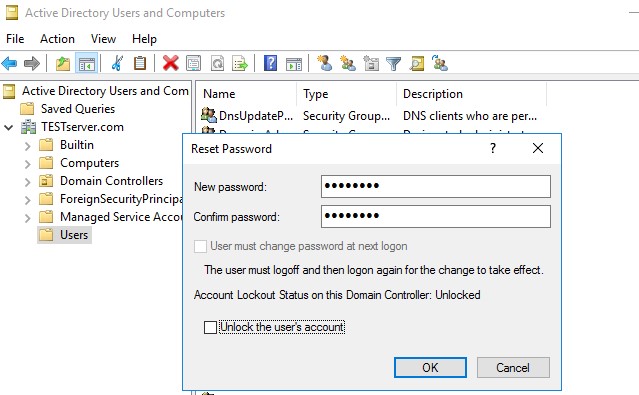Streamline Your User Import Process with Active Directory Tools
Streamline Your User Import Process with Active Directory Tools
Blog Article
Streamline Your IT Operations with Powerful AD Management Tools
Controlling customers within an Active Listing (AD) atmosphere is just a critical task for IT administrators, and one of the very frequent operations is publishing customers in to the directory. Whether you're onboarding new employees or migrating from another program, an efficient and streamlined user active directory management tools for sustaining a healthier and organized AD structure. In that step-by-step guide, we'll walk through the best techniques for publishing users into Productive Directory, ensuring precision, security, and efficiency.
Step 1: Make the Person Knowledge
Before posting people in to AD, it's crucial to prepare the mandatory data. That on average contains individual names, email addresses, cell phone numbers, divisions, and other relevant attributes. The best practice is to utilize a structured format, like a CSV (Comma-Separated Values) file, to organize and store an individual information. Make certain that each order in the CSV fits to an AD feature (e.g., First Name, Last Title, Username, etc.).
Pro Tip: Double-check the data for accuracy. Problems only at that stage may result in problems throughout the import method and produce difficulties down the line.

Stage 2: Select the Correct Transfer Method
There are many methods to transfer users in to AD, based on your requirements and accessible resources. For smaller steps, manual import using Effective Directory People and Computers (ADUC) might suffice. However, for greater datasets, automation instruments like PowerShell programs or third-party resources may save yourself time and lower errors.
PowerShell is among typically the most popular strategies for publishing users. Having its powerful scripting abilities, you are able to import individual information from CSV documents and develop user records in bulk. Moreover, PowerShell allows you to customize user characteristics throughout the transfer method, making it well suited for complicated environments.
Stage 3: Set Up Organizational Models (OUs)
Organizational Products (OUs) are accustomed to arrange people within Effective Directory. It's most readily useful training to create a well-structured OU hierarchy before importing users. This helps streamline management jobs such as for example group policies, access regulates, and reporting.
When posting customers, designate them to the correct OUs centered on the team, role, or location. That not merely keeps your AD prepared but in addition assures that unique group procedures and permissions are applied correctly.
Stage 4: Import the Customers
When the info is ready and OUs are set up, you are able to begin the import process. If using PowerShell, the software will read the CSV file and build individual reports in AD based on the presented attributes. You are able to include additional possibilities, such as for example setting password procedures, permitting accounts, or introducing users to particular teams, relying on your own organization's requirements.

Realization
Efficiently importing customers in to Productive Listing requires cautious planning, exact information preparation, and the right tools. By following this step-by-step manual, IT administrators can guarantee a clean and prepared transfer method, lowering errors, increasing safety, and maintaining a clear and structured AD environment. Whether using information strategies or computerized tools, the important thing to accomplishment lies in preparation, affirmation, and continuous management. Report this page